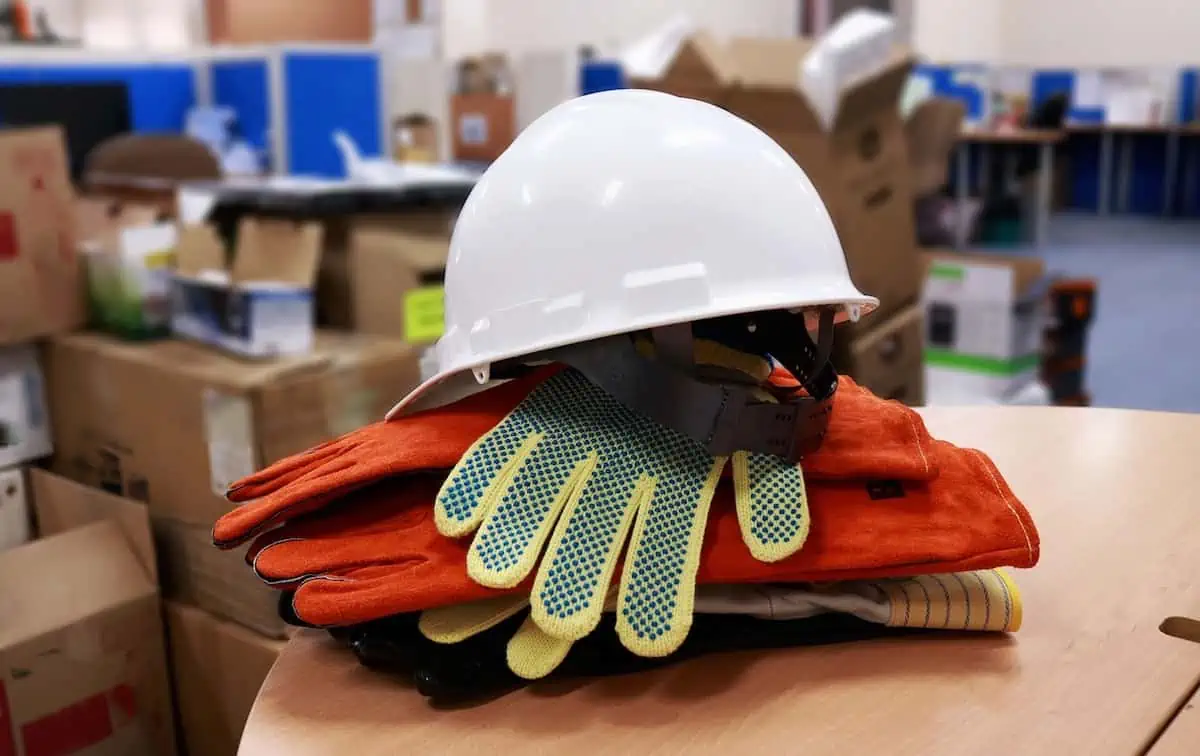Working in the construction industry poses a lot of risks and potential harm. From getting cut with sharp tools to suffering from falls, it’s essential to wear the proper safety gear.
Having adequate safety equipment will keep you safe on site and prevent you from suffering any serious injuries.
Typically, the company briefs construction workers on the company’s safety standards and potential site hazards beforehand. Sometimes, even provide protective gear. However, it is still best to have your own set just in case you don’t have access to your company’s safety gear, or it gets lost or damaged for some reason.
Here are eight pieces of protective safety gear you should invest in if you work in the construction field:
1. Hard Hat
When you first walk into a construction site, you’ll notice that almost everyone is wearing hard hats (or helmets). And for a reason.
Proceeding into these areas where falling debris, exposed wires, low beams, and other perils are lurking at every corner, a hard hat will keep your head covered and protected. It reduces the impact should you fall or hit your head while at work. The helmet distributes the force of the impact across your skull instead of having it concentrated in one spot.
2. Work Light
Not every construction zone will be well-lit. And when working under tricky and hazardous conditions, you want to get the most illumination possible to steer clear of potential catastrophes.
Having work lights that provide reliable and steady luminescence in poorly lit areas will make your work easier. Opt for those with different light modes to adjust the brightness according to your needs. It is also best to choose lightweight ones to make them easier to carry around wherever, whenever.
3. Eye Protection Equipment
These include face shields, safety goggles, and safety glasses. Each is used depending on the level of danger workers are exposed to. Face shields provide the most coverage when working around areas with higher exposure to impact and falling debris.
Safety goggles are best to protect your eyes when working in places with larger particles, objects, or dust. For sites with less potential hazard, safety glasses will give immediate protection to the areas around your eyes.
4. Ear Protection
Construction sites are very noisy and can damage to your hearing long-term if you leave your ears unprotected. Foam earplugs and noise-reducing headphones are examples of equipment designed to protect workers from harmful noise levels in the work environment.
The type of ear protection you wear will depend on the noise levels, hazards you encounter daily, and your management’s safety guidelines.
5. Gloves
There are different types of gloves for every situation; each will be made of materials to serve their purpose. You must identify which will get the job done and best suit your needs.
Gloves keep your hands from coming in contact with anything harmful when you pick up large objects, handle glass and other fragile materials or deal with hazardous elements. These could be acids, caustic chemicals, or other dangerous substances. Some common types of gloves are liquid-resistant, rubber or synthetic, kevlar, leather, and cotton or fabric.
6. Safety Harness
When working on sites involving heights, such as on ladders or scaffoldings, a safety harness is necessary to ensure the worker’s safety. Wearing such a device prevents the chances of being accidentally knocked off the structure, falling off the edge, and getting injured in the process. It will “catch you when you fall”.
It is also best to wear a high visibility vest and headlamp to complete your heavy-duty tasks, so you’ll be easy to spot by your colleagues, even from far away, and have proper lighting when it gets dark.
7. Work Boots
These are more durable than your fashionable, everyday boots. They’re made for rough use, like walking on unpaved roads and paths where there could be sharp objects like scattered nails and rocks.
It is best to purchase work boots that are comfortable and breathable yet sturdy and water and chemical-resistant to keep your feet protected in any condition. Find ones with soles that have excellent grip and traction for additional protection against slips or falls.
8. Proper Work Pants
From head to toe, you need to wear protective clothing for preventive measures. Your work pants should be tough enough to handle sudden rips and tears that may damage your pants’ fabric and harm your skin. However, they should also be loose and flexible enough to keep you comfortable.
Some examples of work pants are cargo, flex, double-knee, insulated, canvas work pants, or overalls. They should fit nicely over your safety boots without being too tight to restrict movement.
It’s also worth mentioning that monitoring equipment such as vibration and noise monitors is important. A quick Google search for phrases like “dust monitor hire” or “silica dust monitor rental” should already give you a list of companies where you can rent or buy this type of equipment.
Conclusion
Any workplace should promote and observe safety and hazard prevention. If you’re working in a construction zone, you’re more at risk than the average employee. Ensuring that you are fully equipped with the necessary protective gear is the best way to stay productive and out of danger. After all, prevention is always better than cure.

